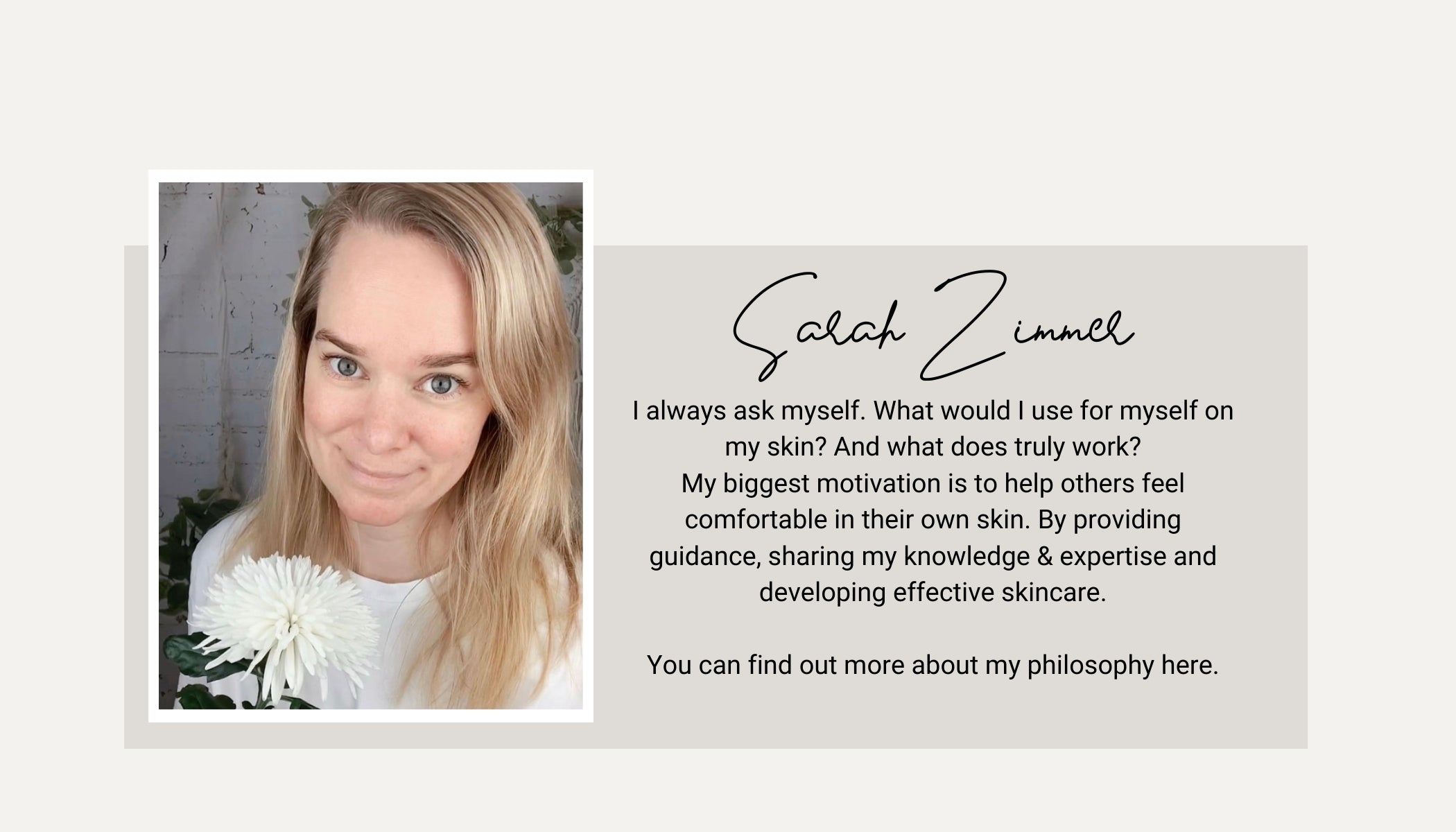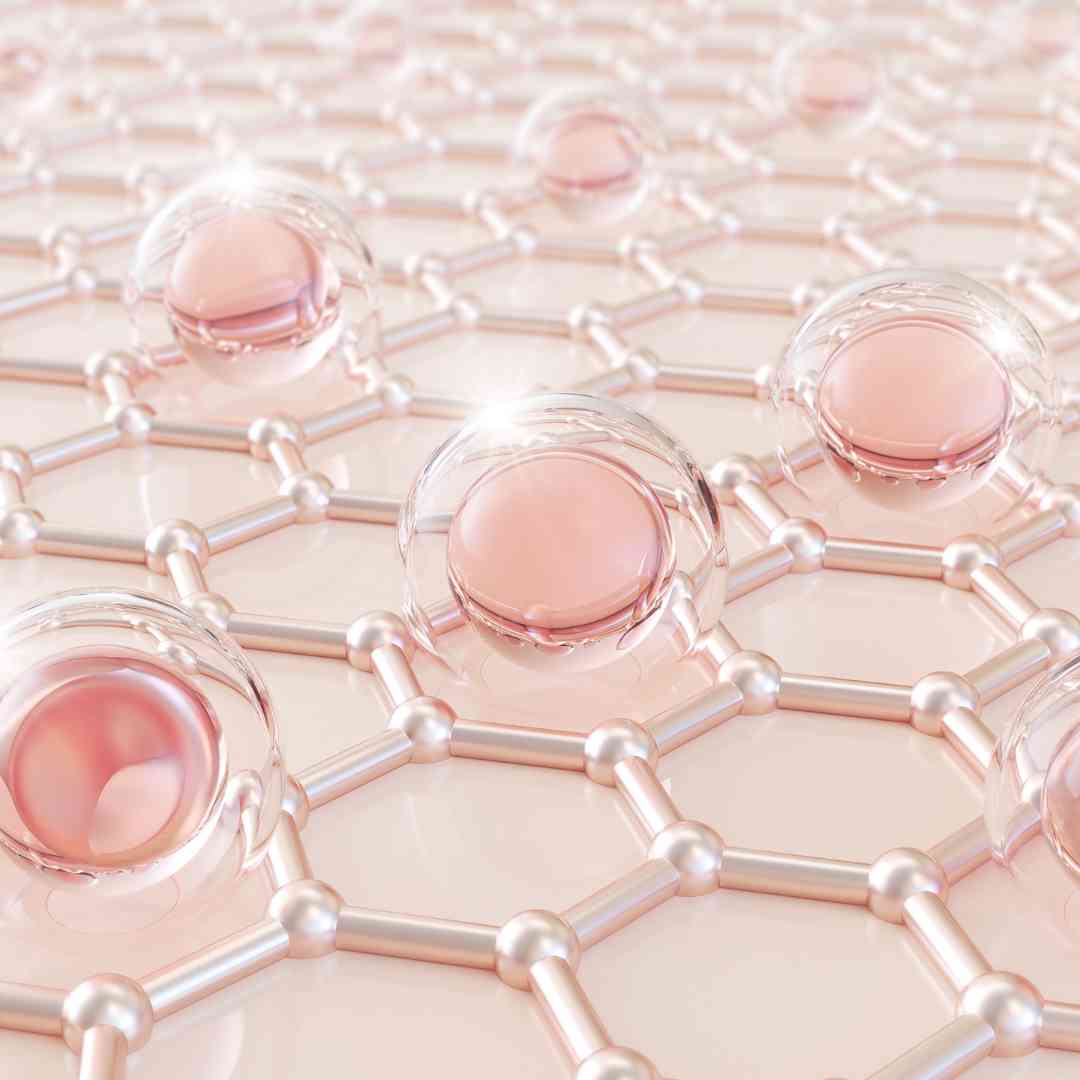Ingredients we don't use: Coconut Oil
Why we don't use Coconut Oil?
Ingredients you will not find in our formulations as they are either not having nutrient benefits to the skin, explore monocultural farming methods, irritate sensitive skin or ....
Coconut Oil (INCI: Cocos Nucifera (Coconut) Oil)
Coconut Oil is one of those ingredients. Coconut oil is less like a pure plant oil and acts more like a wax on the skin. It’s very comedogenic which means that it can’t penetrate the pore. Because of this, it sits on top of the skin, leading to clogged pores, breakouts and without proper absorption, causes extreme dryness.
An ingredient you can find often as a filler in many products without real benefit to the skin to drive production cost down. Hence you won't find this ingredient in NAYA products. Unfortunately, the natural beauty industry is not all that much better than the traditional one.
And if that wasn't enough to make you reconsider your nutty habit, keep reading:
1 Coconut oil is too alkaline
Your skin has a natural pH level and is slightly acidic.
pH is a measure of acid-base strength on a scale from 0-14. Pure natural water is right in the middle with a neutral pH of 7.
On one end are acidic substances (pH from 0-6) and the other end are basic (or alkaline) substances (pH of 8-14).
While the numbers 1-14 seem small, they’re actually powers of 10. Each unit of pH is 10 times stronger than the one next to it. That means that your skin with a pH of 5 is at least 100 times, more acidic than neutral pure water.
We know that washing with soap and detergents can worsen atopic dermatitis because of their high pH values. In fact, using soap and detergents is one of the most common causes of dermatitis.
Studies show that washing with soap increases the skin’s pH by up to 3 pH units.
This increased pH irritates the skin, thinning its protective outer layer known as the stratum corneum. This plays a role in creating a state of “Leaky Skin” that also helps perpetuate an imbalance in your skin’s microbiome.
That all said, coconut oil has a pH of 7-8. If healthy skin’s natural pH is around 5, it means that coconut oil is 100-1,000 times more alkaline than your skin.
And unfortunately, applying something that can alter the pH to such a degree like coconut oil can perpetuate a state of dysbiosis of your skin’s microbiome and Leaky Skin.
2 Coconut oil is comedogenic
Coconut oil is highly comedogenic and it forms a barrier on your skin that can block and suffocate pores. It also doesn’t have a very great nutrient profile with topical benefits - there are many other superior oils like Cacay, Rosehip and Marula Oil that will better nourish the skin.
I know how this will sound as we shift our beliefs about saturated fat in the diet, but…
Saturated fat applied to your skin can worsen some skin conditions.
Coconut oil is 90% saturated fat. This may worsen some of the more sensitive skin issues like perioral dermatitis.
Coconut oil has large molecules and is absorbed slowly. This means it stays on top of the skin and can cause an occlusive barrier.
While it provides protection, it ends up acting more like a plastic bag on the skin.
This is a problem because coconut oil doesn’t allow for your skin cells to breathe or detoxify. It also interferes with normal lipid production, and can feel physically and emotionally suffocating (remember, the skin is a key part of the nervous system because it contains thousands of nerve endings per square inch).
Another reason why you don’t want an occlusive barrier of saturated fat on your skin is because it can also increase heat in the body. One of the skin’s main functions is body temperature regulation. Many people with chronic rashes and sensitive skin already have trouble releasing heat, so this could exacerbate your situation further.
3 Make-up Remover?
But what about using coconut oil to remove your makeup? Still not great. It’s always better if you rinse it off, but I still wouldn’t personally recommend as it can leave a film and thus clog the skin.
And if you just can't quit using coconut oil as a makeup remover, there are alternatives. I would just use it around the eyes as there are no oil glands and switch to better oils to remove makeup on the face.
4 Coconut oil disrupts the skin’s microbiome
Anything that disrupts your skin’s healthy microbiome can make your skin worse.
Your skin’s microbiome helps your skin stay healthy and maintain a tight barrier from the outside world.
Coconut oil can kill microbes including bacteria, viruses and fungus. A solution with as little as 5% coconut oil is bactericidal to several types of bacteria.
One of the antimicrobial components found in coconut oil is the fatty acid called monolaurin. Monolaurin makes up about half of the fat in coconut oil and it kills bacteria by disintegrating their outer membranes.
Theoretically, it makes sense to use an anti-microbial like coconut oil on your skin if you have dysbiosis, but it doesn’t always work that way.
While certain fungal rashes might benefit from using a natural antimicrobial as a spot treatment, regular use is not a good idea. Even natural antimicrobials can disrupt the balance of the skin's microbiome which can affect your immune system and barrier function, increase inflammation, and lead to dysbiosis.
Bottom line? Just because coconut oil has anti-microbial properties doesn’t mean you should put it on your skin, despite what you’ve read.
If you want to rebalance your skin’s microbiota, there are other ways like using probiotics on your skin.
5 What are the alternatives
Don’t worry! There are a lot of other natural oils to use on your skin that are probably a better fit.
The natural plant oils that I recommend include meadowfoam seed oil, jojoba oil, cacay oil, rapeseed oil, sunflower seed oil, and jojoba oil. These each have different components in them and help your skin from the outside-inward in different ways.
Jojoba and meadowfoam seed oil
Jojoba and meadowfoam seed oil is excellent for your skin mainly because of how similar it is to human sebum. If you’re not familiar with the term sebum, it’s an oily substance naturally produced by your skin that lubricates and waterproofs your skin.
There are a number of proven anti-inflammatory effects associated with jojoba oil. It can help with skin repair for acne and many types of dermatitis (e.g. atopic, seborrheic, and eczematous).
Cacay Oil
Cacay oil is another healthy oil to try. It contains many vitamins, minerals, and skin-supporting oils like linoleic acid. It’s excellent for dry, damaged, or chapped skin. And I’ve had a number of readers share with me how helpful cacay oil has been for supporting softer, calmer skin.
Sunflower Seed Oil
Sunflower seed oil has been studied for its help with atopic dermatitis because of its moisturizing effect. It has a high concentration of a fatty acid called linoleic acid which helps the skin barrier by enhancing the outer layer of skin cells.
Rapeseed Oil
Rapeseed oil is another natural oil that your skin might love! It’s often studied side-by-side with sunflower seed oil, and several studies show them to be equally beneficial for skin health. When applied to babies’ skin, they rank similarly on hydration, reduction of water loss from the skin, as well as pH and redness.
6 It promotes monoculture instead of biodiversity
Any clean beauty connoisseur is no stranger to the vilification of palm kernel oil. As the most heavily used vegetable oil in the food and cosmetics sector, it’s renowned for its affordability and durability. While palm kernel oil may be highly effective and functional, it comes with a number of drawbacks, and one of them is its role in monoculture farming.
There’s a lack of biodiversity in monoculture crops like coconut oil, so this is a main reason for using it as a filler in many beauty products.
Although coconut oil is better for the environment than palm kernel oil, it’s not good for the land.
It’s responsible for cutting down rainforests and destroying local biodiversity for crop expansion. Overconsumption and increasing demand will only exacerbate these issues.
When shopping for skincare, always think about the long-term and about alternatives to choosing products that don't support monocultural industries. This is why we carefully select the ingredients that we use and actively choose options that protect both the land and the skin.
Conclusion
Ultimately, coconut oil might work for some people, but we recommend avoiding it for its potential to clog pores, disrupt the skin’s microbiome, and cause irritation due to its alkalinity.
We encourage you to check the ingredients of the products you use and opt for alternatives that promote long-term skin health and sustainability.








Hinterlasse einen Kommentar